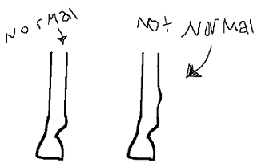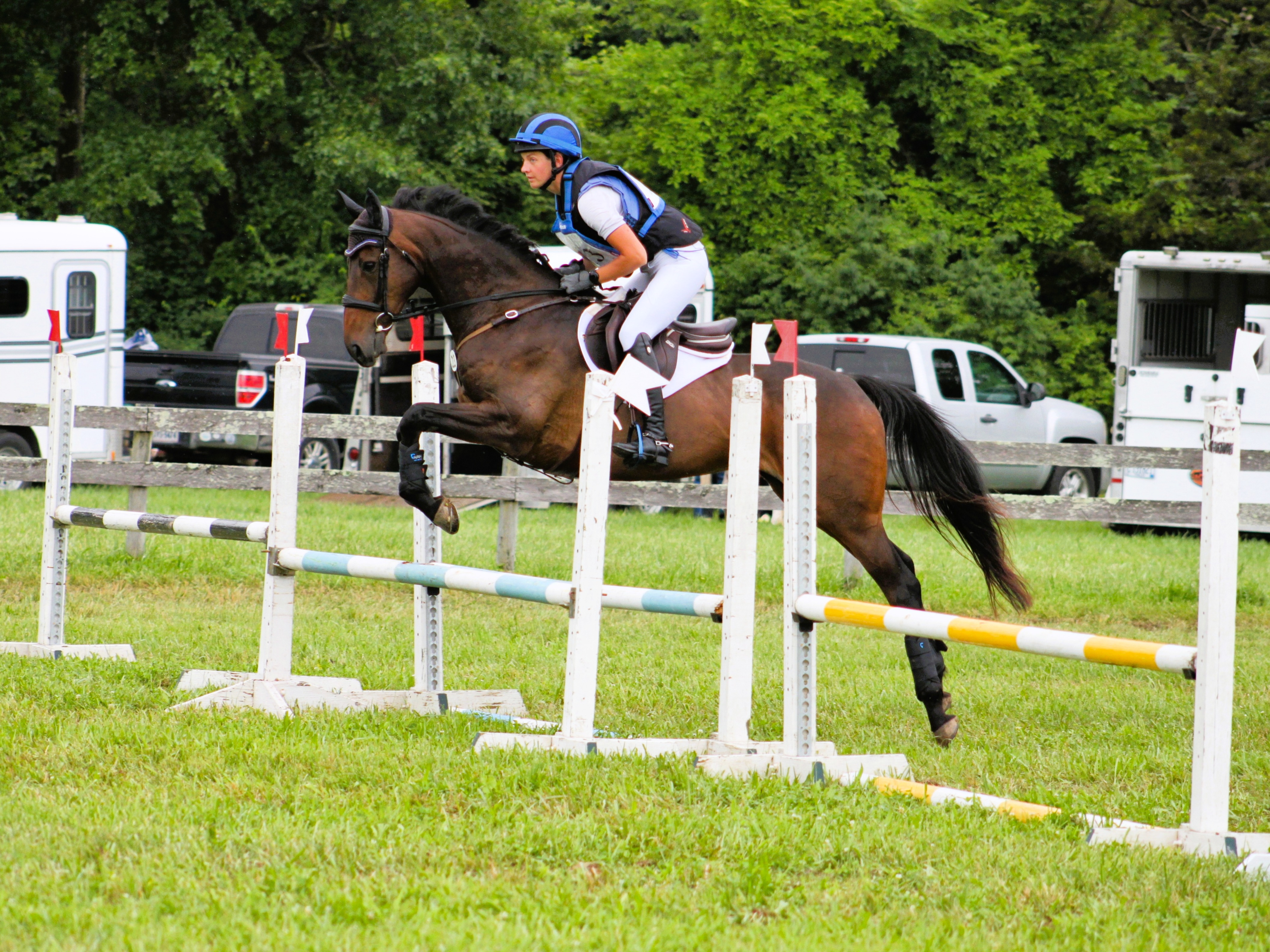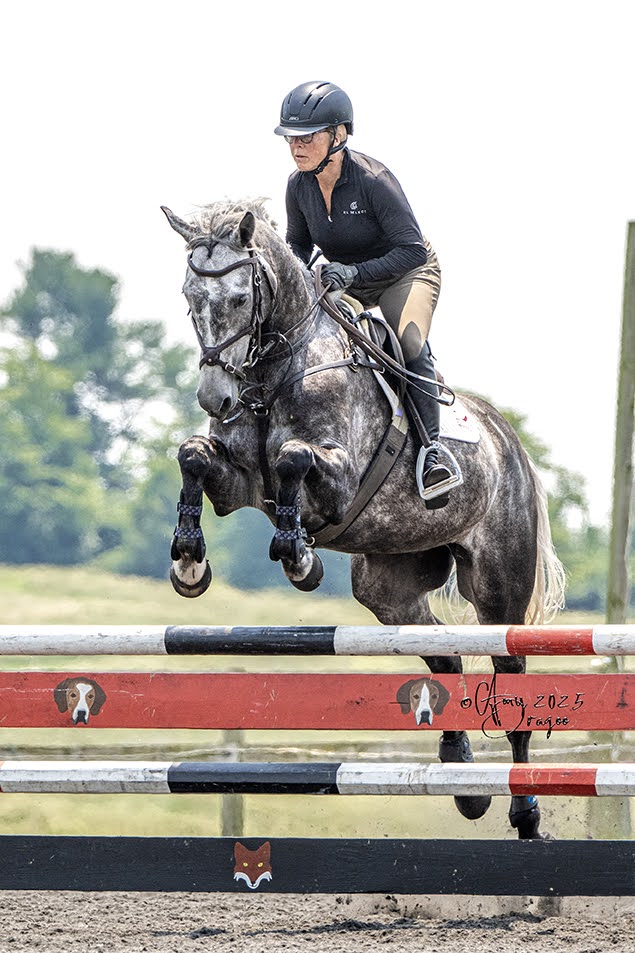
A little leap of faith. Photo by Jade Cooling.
All over the internet, we see lists telling us how to be slimmer, how to get a leg up in the corporate world, how to improve our love lives and how to find satisfaction in life. A lot of the time, these lists are in the form of “Ten Habits,” and they are meant to inspire change for good within your life — and not just what you wear out the door in the morning. So how can we boil it down for riding? What are the top 10 habits of a successful and effective equestrian?
1. Patience: This one’s a no-brainer. Good riders know that you can’t rush things when it comes to horses, and at the end of the day, it’s better to have small positive experiences than big negative ones because you lost your patience.
2. Empathy: Understanding your equine partners can be hard since they can’t speak their mind. Horses have to use other methods of communicating thoughts and feelings, and a good rider always considers the reasoning behind actions, even if they are generally thought of as “bad behaviors.” Empathy helps you think and feel from another perspective, and that’s integral for interacting with horses.
3. Persistence: Good horsemen and horsewomen around the world will tell you that persisting with a difficult horse, a challenging task or a complex issue is the only way to solve it. Running away from problems and not addressing issues won’t help you at all when it comes to training horses, and those that are willing to try more often will succeed more often.
4. Willingness to learn: A successful rider knows that there is something to be learned from every person, horse and experience that you have in life, and they’re willing to take it any way they can. This willingness also helps them up when they are handed disappointments because they can view it in an educational light, despite the pain.
5. Knowing when to quit: Just as important as persistence is knowing when to call it a day. Good riders have an intuitive sense of when to quit and end on a good note. This is a constantly morphing and changing part of horses because no matter how old you are or how experienced the horse, some days you just won’t get exactly as much as you wanted, and knowing how to remain positive at the end is important.
6. Logical thinking: There is no way you can be a successful rider and not have an ability to step back and logically think out a situation. Horses can pull all sorts of emotions out of us, but they don’t belong in the saddle. Good riders must be able to rationally assess things and approach problems from a logical point of view.
7. Self improvement: Not only do successful riders have an open-minded approach to learning, but their thirst for constant self improvement is never ending. There is no one answer, no pure right way to do anything with horses, and there are always more answers and different ways to accomplish goals. Good riders recognize this, and they pursue knowledge until the day they die.
8. Efficacy and efficiency: Good riders know how to produce the biggest and best result with the smallest amount of effort or pounding on the horse. They know that repeating a single jump endlessly without improvement is a waste, and they figure out how to make things happen efficiently. They are constantly honing their skills to create what they want in the horse without drilling them or using a large amount of physical force.
9. Recognizing talent: Yes, successful riders usually have a knack for recognizing talent in a horse, but they also know when they see talent in other riders. Whether it’s a rider from their own discipline or another, they can see it, and they want to be around it. Surrounding themselves with good influences is the number one way to self improvement and inspiration toward better things.
10. Determination: As all of us know horses have a funny way of bringing both the highest of highs and the lowest of lows into our lives. Those that choose to be successful in any equestrian sport must have an inner determination and grit that is almost unequalled in any other world. In order to get up and dust yourself off from almost daily disappointments, you have to have this quality, or you’ll fall by the wayside.
This is just my short list of necessary qualities that I think all successful riders must have. What would you add? Let me know in the comments below.

































































